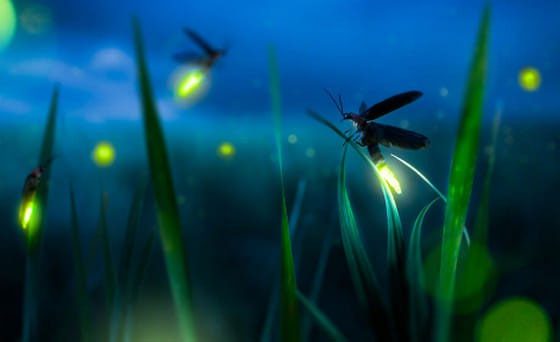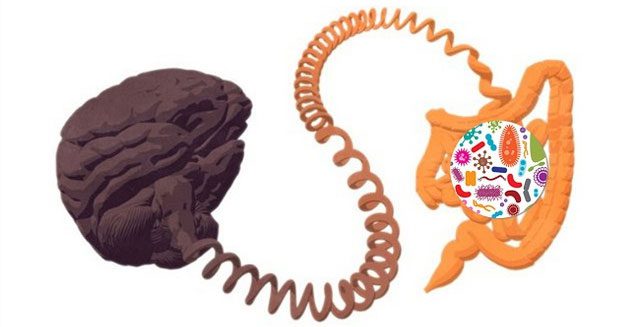In our world, there are many species capable of manipulating others for their own purposes. Let’s explore which species these are!
1. Wasps Turn Spiders into Zombies
Researchers from the University of British Columbia stumbled upon a shocking truth about a species of wasp living in the Amazon rainforest. This wasp completely transforms another spider species into a zombie and controls it. According to the study’s author, Philippe Fernandez-Fournier, “The manipulation of spider behavior by wasps has been observed before, but the level of control exhibited by the Zatypota wasp over the Anelosimus eximius spider is unprecedented.”

The Zatypota wasp lays eggs inside the body of the Anelosimus eximius spider. (Photo: Star Inder).
He further shared that during the research, around 25 species of communal spiders were discovered. He observed that they lived concentrated in a large territory, hunting together. However, some spiders, after being infected by the parasite, exhibited strange behaviors such as leaving their community and spinning silk to form a cocoon around themselves.
After investigating, the research team found that the Zatypota wasp (a genus of wasps) laid eggs inside the body of the Anelosimus eximius spider. The wasp larvae transformed the spider into a zombie and controlled it to “commit suicide” before completely consuming it to mature. This research was published in the journal Ecological Entomology.
2. Fireflies Glow to Deceive Mates
Fireflies are small beetles capable of producing light. They are predominantly active at night. Males typically have wings and can fly, while many females do not have wings. Fireflies can glow due to a chemical reaction known as bioluminescence, which occurs when the enzyme luciferase acts on luciferin, in the presence of magnesium ions, ATP, and oxygen, to produce light.

Female fireflies of the Photuris genus often mimic the flashing patterns of other firefly species for predation purposes. (Photo: Baidu)
Initially, it was believed that fireflies glowed as a warning signal, but later studies showed that this was to assist fireflies in selecting mates. Some species, particularly those in the Photinus, Photuris, and Pyractomena genera, are distinguished by unique courting flash patterns emitted by males flying in search of females. Females of the Photinus genus, which cannot fly, can emit flashing lights to attract males of their own species.
Notably, female fireflies of the Photuris genus often mimic the flashing patterns of other firefly species to prey on them. They usually hunt smaller male Photinus fireflies, which are attracted and mistakenly believe they have found a mate, only to be eaten instead.
3. Orchids “Deceive” Wasps

Orchids mimic the scent of female wasps to “seduce” male wasps. (Photo: Baidu).
According to researchers at Macquarie University in Sydney, Australia, orchids are the only plants that deceive male wasps into “mating” with them. Orchids disguise themselves as females to entice lost male wasps. To make it difficult for wasps to detect their disguise, orchids even produce scents similar to those of female wasps to lure males.
The primary goal of these orchids is for male wasps to carry their pollen on their bodies and pollinate other flowers. Interestingly, wasps have been tricked into pollinating five different orchid species belonging to the Cryptostylis group.
4. Gut Microbiota Influence Human Behavior

Gut microbiota often influence human behavior. (Photo: Baidu).
Incredibly, the community of microorganisms living in our intestines can impact human physiology as a whole. Scientists at the University of Oxford have found substantial evidence showing that gut bacteria, especially those belonging to the Lactobacillus and Bifidobacterium genera, can affect social behavior, anxiety, stress, and depressive symptoms.
In the study, supplementing the Lactobacillus strain improved social behavior in stressed mice, while mice that did not receive the supplement exhibited weakened social behavior. For humans, gut bacteria influence our behavior for their own benefit. For instance, they can manipulate humans to change their eating habits to provide food for gut bacteria, creating opportunities for bacteria to spread to new hosts.


















































